Rye Field Models 1/35 Sd.Kfz.182 Tiger Ausf.B King Tiger (Henschel Turret) # 5125
The Sd.Kfz.182 Tiger Ausf. B, more commonly known as the King Tiger or Königstiger (German for "King Tiger"), was one of the most formidable heavy tanks of World War II.
Introduced in 1944, it combined thick armor, a powerful main gun, and cutting-edge German engineering, making it a feared adversary on the battlefield.
The Henschel Turret variant was the most widely produced and recognizable version of the King Tiger.
Key Features:
88mm KwK 43 L/71 Main Gun:
The King Tiger was armed with the deadly 88mm KwK 43 L/71 gun, an upgraded version of the famous 88mm cannon. This high-velocity weapon could penetrate 150mm of armor at 2,000 meters, making it highly effective against all Allied tanks, including the Sherman and T-34/85.
Henschel Turret Design:
Unlike the initial prototypes that used the Porsche turret, the majority of production King Tigers were fitted with the Henschel turret. This turret had a more practical design with thicker sloped armor and a more efficient internal layout, improving crew safety and operational efficiency.
Formidable Armor Protection:
The King Tiger’s armor was nearly impenetrable by most Allied weapons.
Frontal Hull Armor: 150mm
Frontal Turret Armor: 180mm
Side Hull Armor: 80mm
The sloped armor design further increased its effective thickness, making it nearly impervious to enemy fire, even at long ranges.
Maybach HL 230 P30 Engine:
Powered by a Maybach HL 230 P30 V-12 gasoline engine, producing 700 horsepower, the King Tiger could reach a maximum speed of 38 km/h (24 mph) on roads. However, its heavy weight (almost 70 tons) made it slow, and fuel consumption was high, limiting its operational range.
Heavyweight Suspension & Wide Tracks:
To support its immense weight and maintain mobility, the King Tiger was equipped with overlapping, interleaved road wheels and wide tracks. This gave it better traction and stability on muddy or soft terrain but also made maintenance and repair cumbersome.
Crew Configuration:
The King Tiger was operated by a 5-man crew:
Commander
Gunner
Loader
Driver
Radio Operator/Bow Gunner
Combat Service:
Eastern and Western Fronts:
The King Tiger saw action on both the Eastern and Western Fronts, where its armor and firepower outmatched almost all Allied tanks. It proved devastating in open-field engagements, with its long-range capabilities allowing it to destroy enemy armor before they could return fire.
Battle of Normandy & Ardennes Offensive:
King Tigers participated in major operations such as the Battle of Normandy (1944) and the Battle of the Bulge (Ardennes Offensive, 1944–1945). While its firepower dominated the battlefield, mechanical reliability and logistical challenges often limited its effectiveness.
Production Challenges:
Only about 492 units of the King Tiger were produced due to resource shortages, complex manufacturing processes, and Allied bombing of German industrial facilities. This limited its overall impact despite its superior design.
Specifications:
Weight: 69.8 tons
Length: 10.28 m (33 ft 9 in) with gun forward
Width: 3.75 m (12 ft 4 in)
Height: 3.09 m (10 ft 2 in)
Main Armament: 88mm KwK 43 L/71 (with 84 rounds)
Secondary Armament: Two 7.92mm MG34 machine guns (one coaxial, one hull-mounted)
Engine: Maybach HL 230 P30, V-12, 700 hp
Max Speed: 38 km/h (24 mph) on roads, 17 km/h (10.5 mph) off-road
Operational Range: 170 km (106 miles) on roads, 120 km (75 miles) off-road
Challenges and Drawbacks:
Mechanical Failures: The King Tiger was prone to engine and transmission breakdowns due to its immense weight and complex systems.
Fuel Consumption: High fuel consumption limited its operational range, making it difficult to sustain in prolonged campaigns.
Production Limitations: Its complex design and resource scarcity meant that too few were produced to significantly impact the outcome of the war.
Legacy:
Despite its limitations, the King Tiger remains a symbol of German engineering prowess and is often regarded as one of the most powerful tanks of World War II. While its numbers were insufficient to change the tide of the war, its impact on the battlefield and its legacy in military history are undeniable.







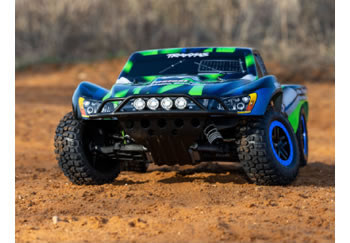
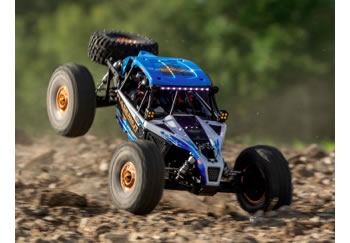
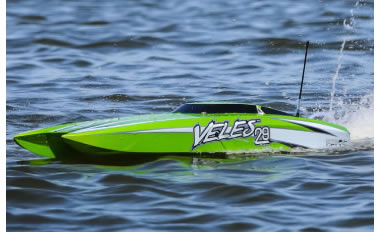


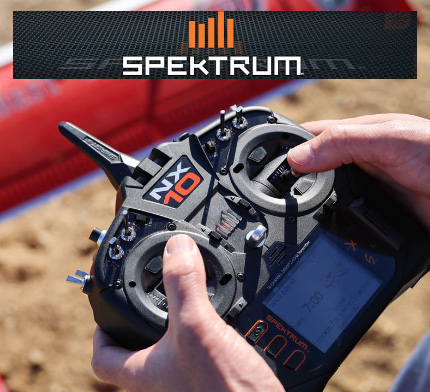
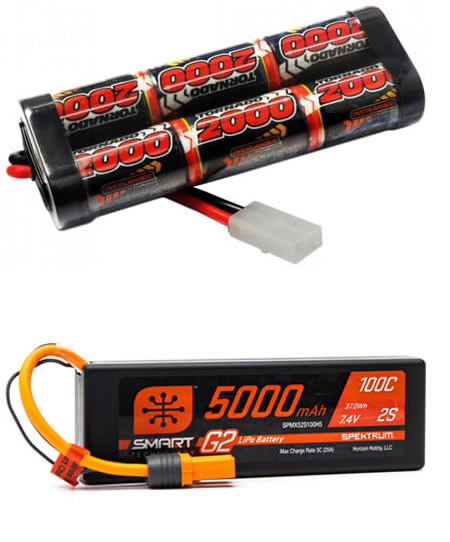


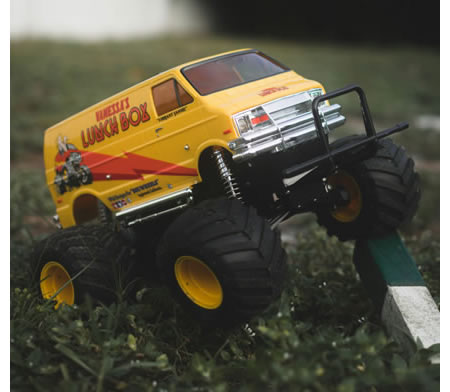


 Spread the cost with Paypal Credit
Spread the cost with Paypal Credit
 Spread the cost with Klarna
Spread the cost with Klarna












